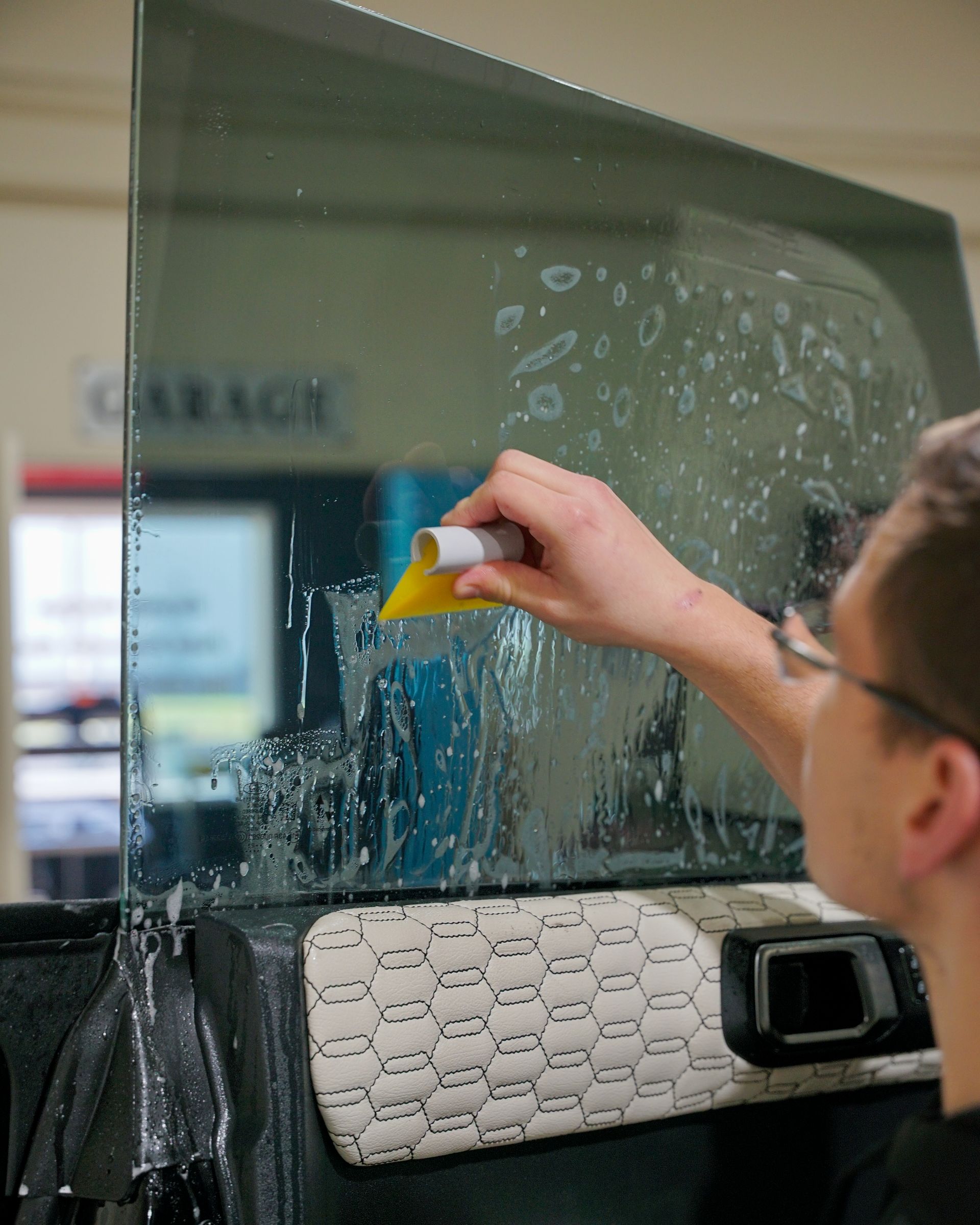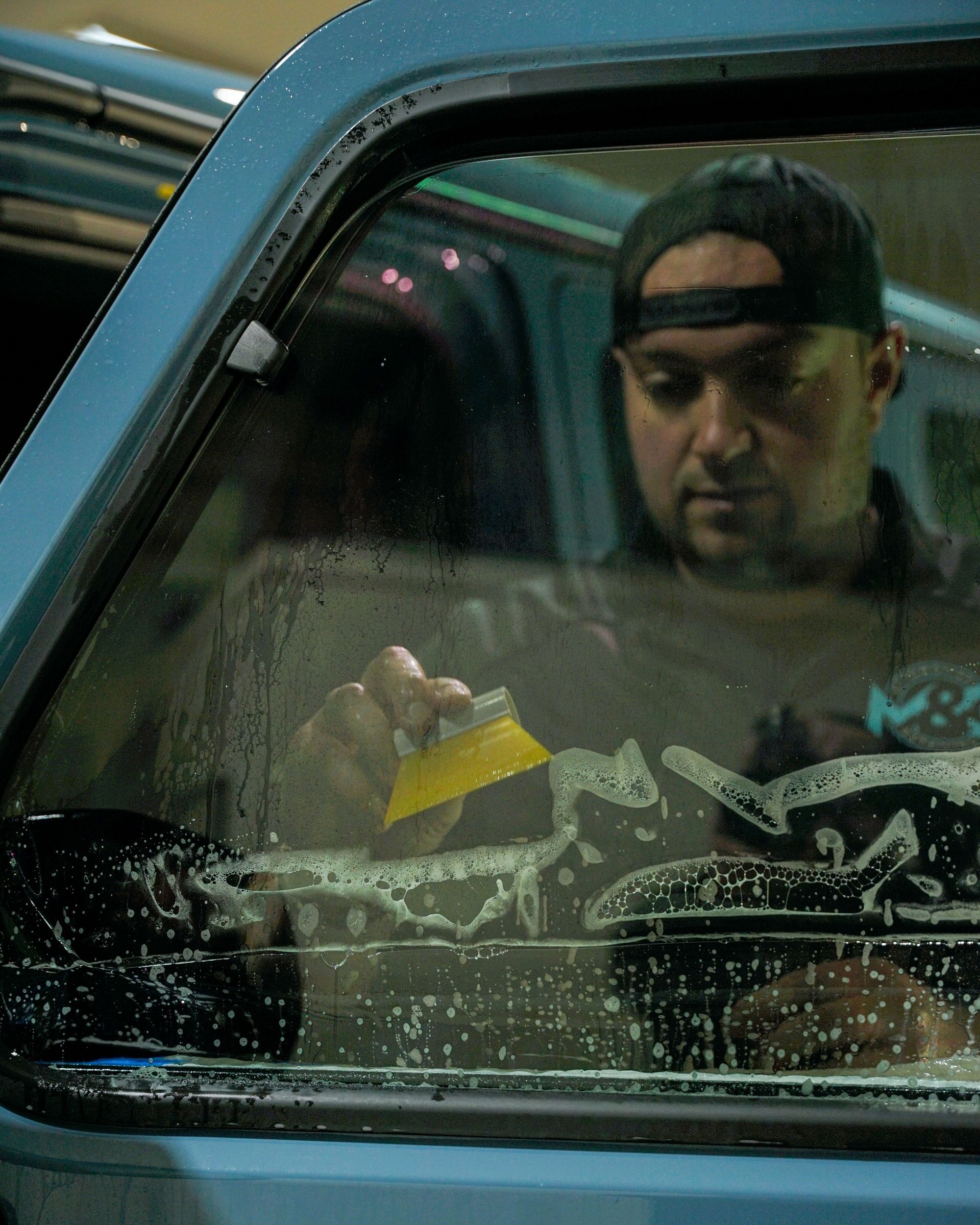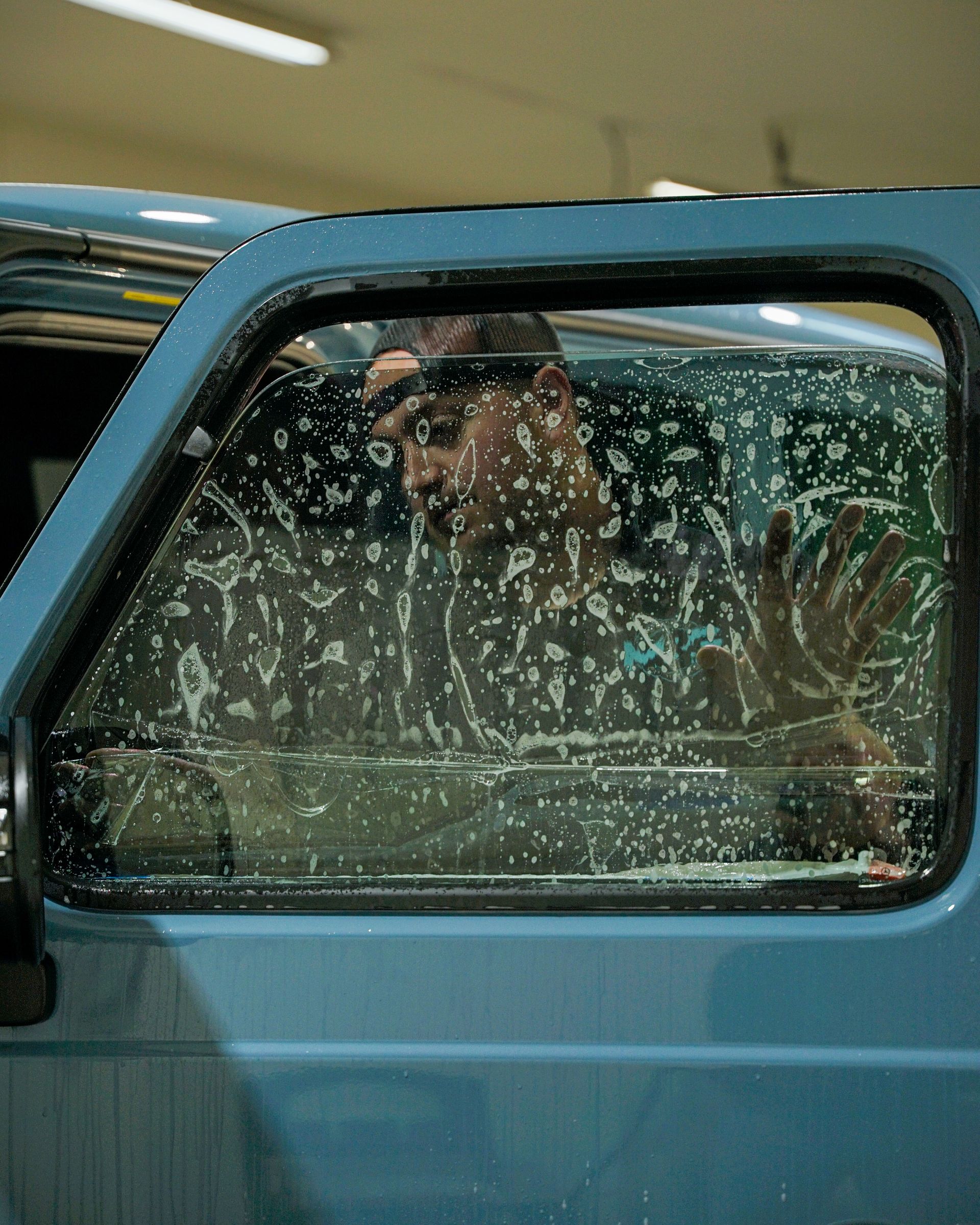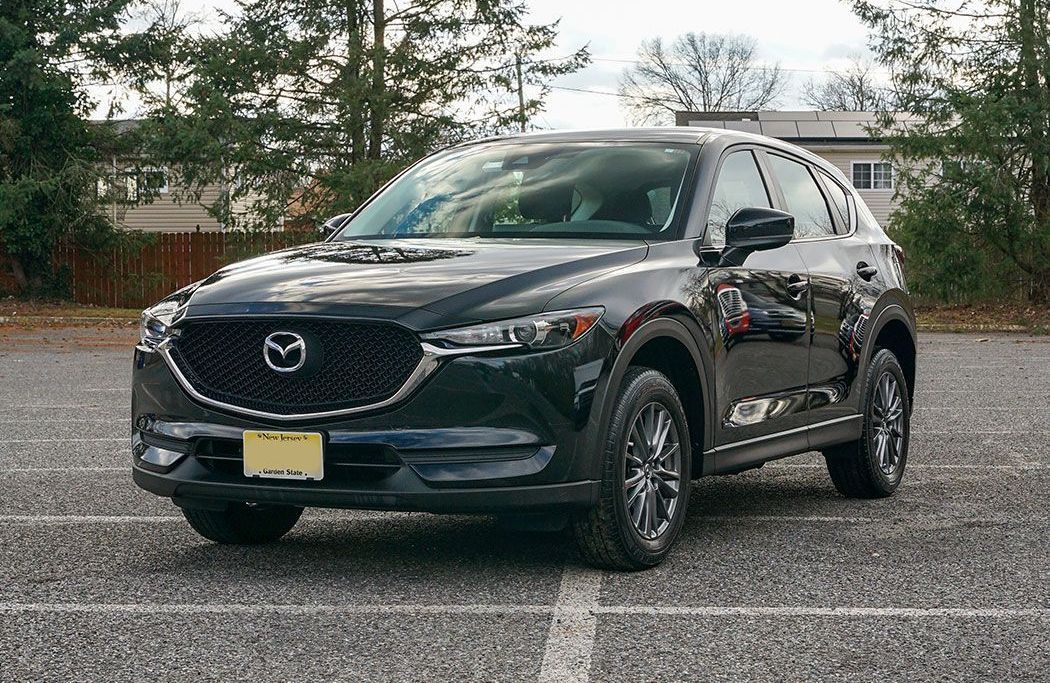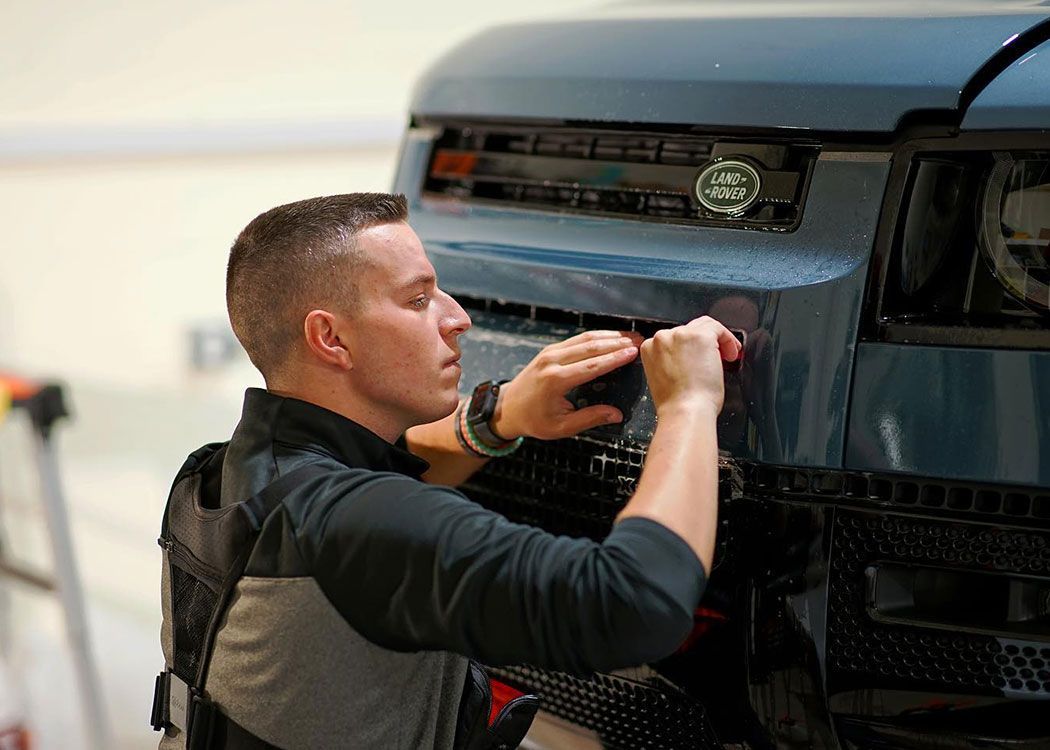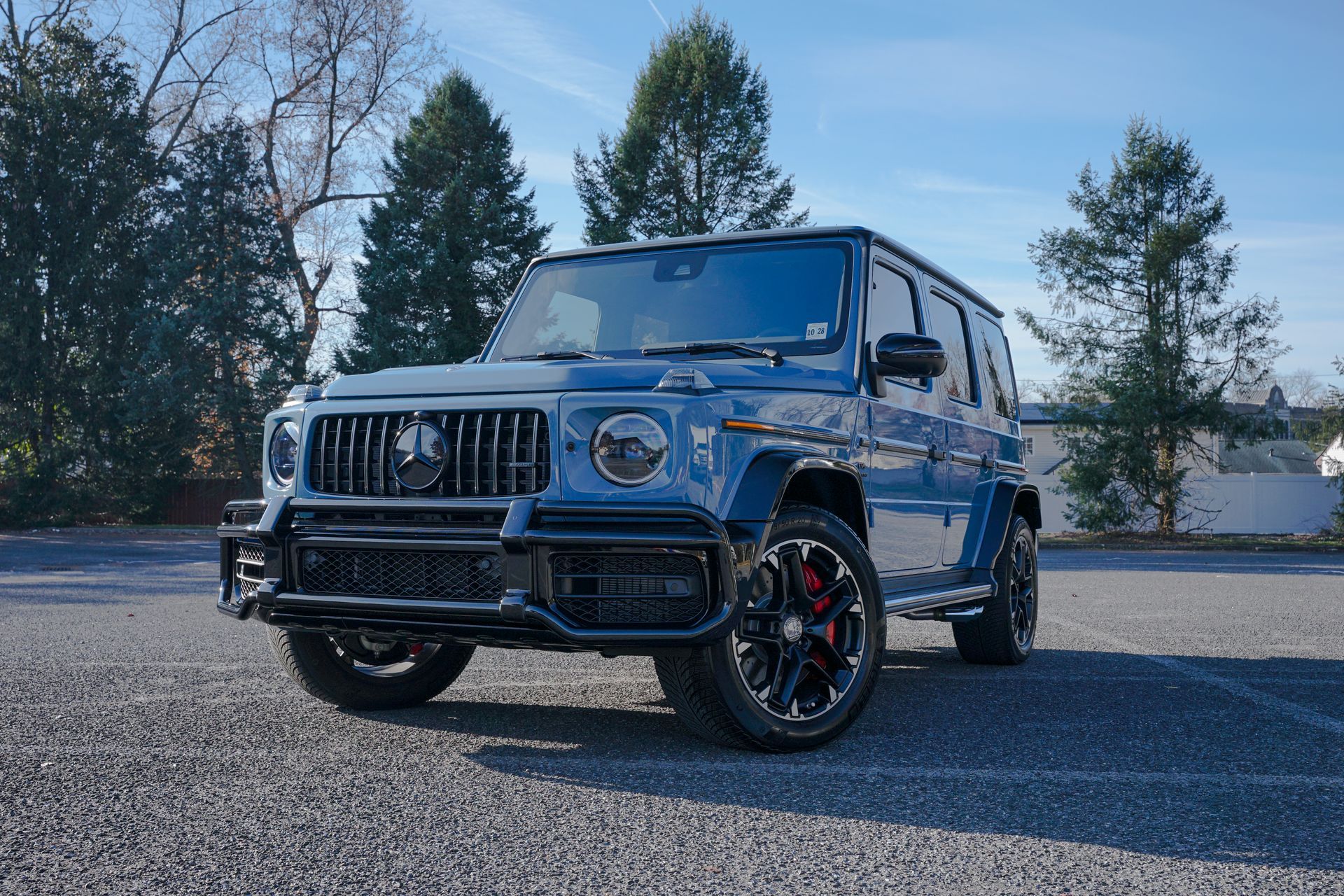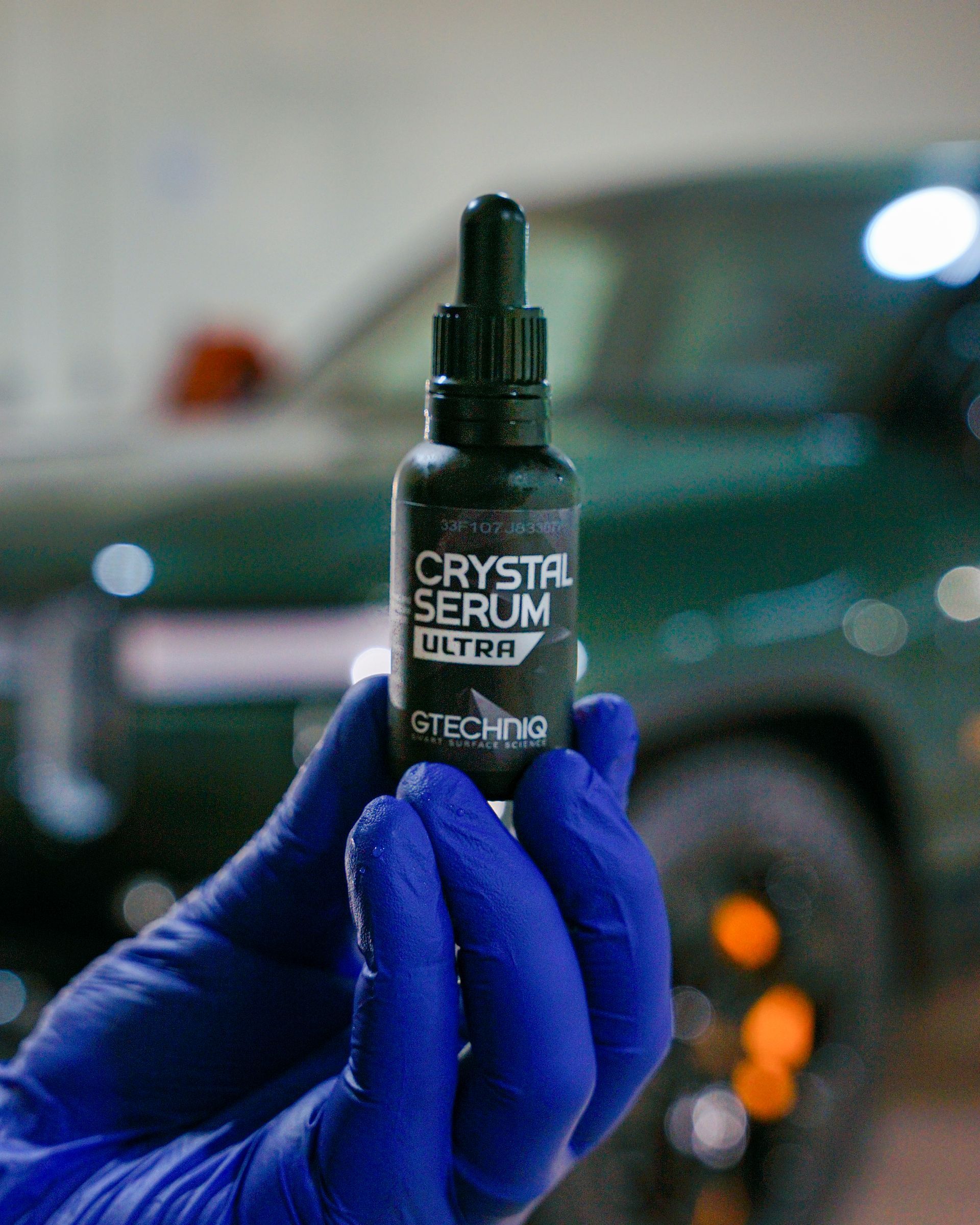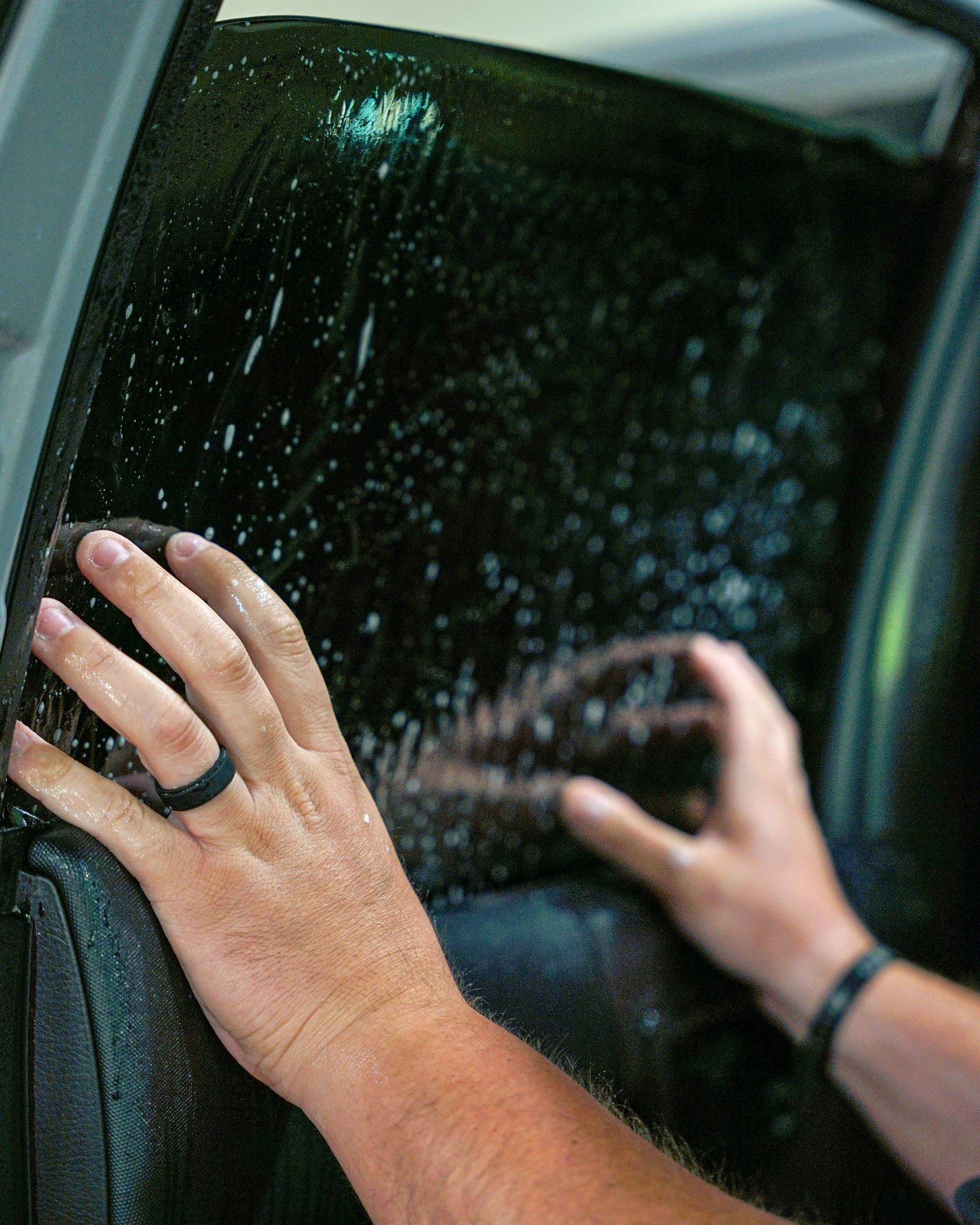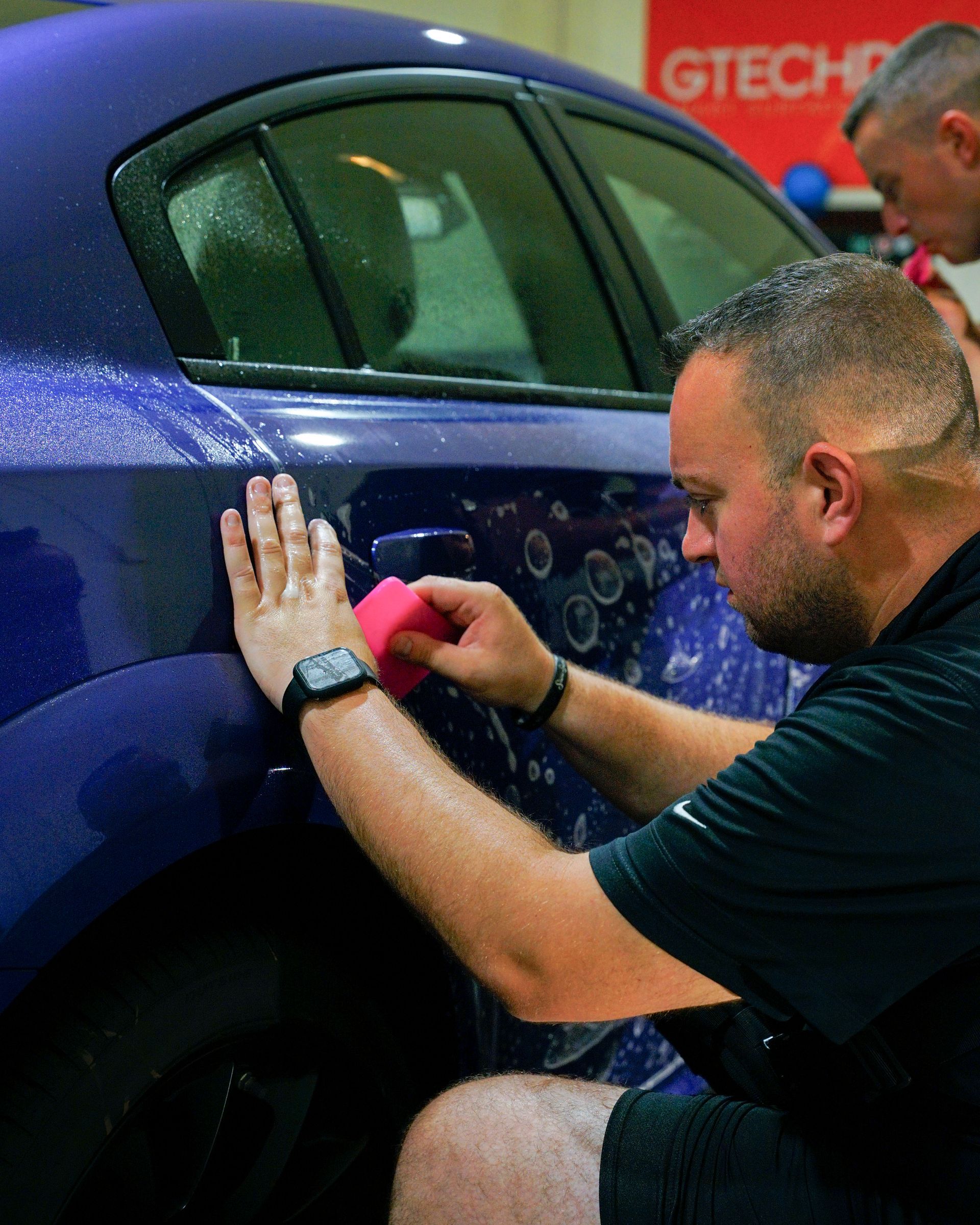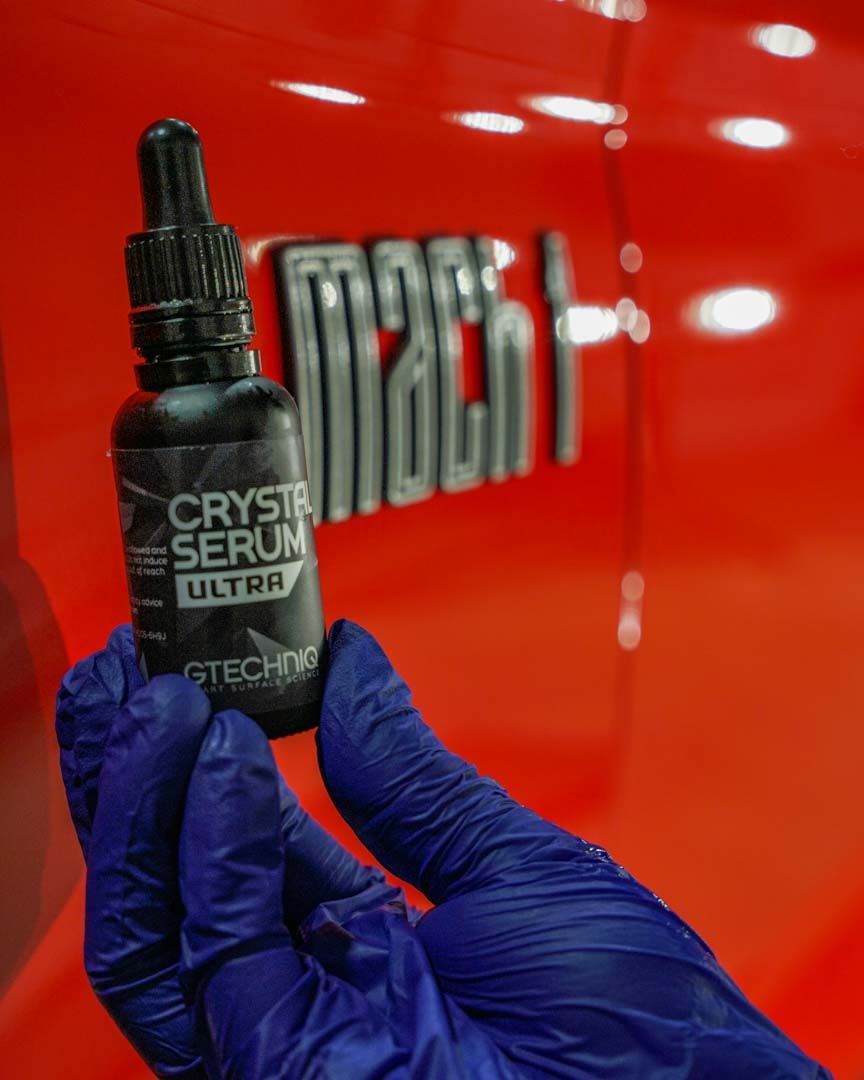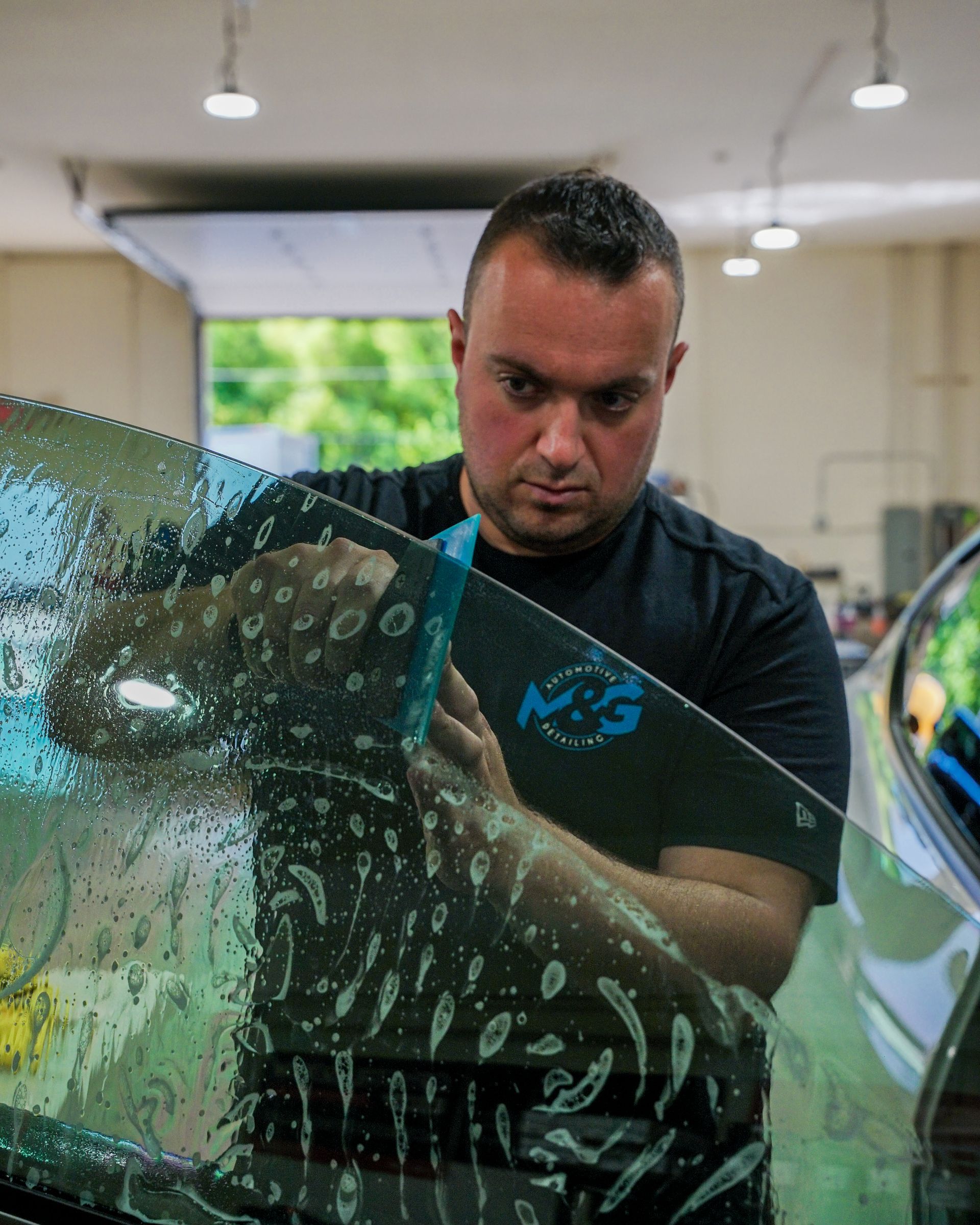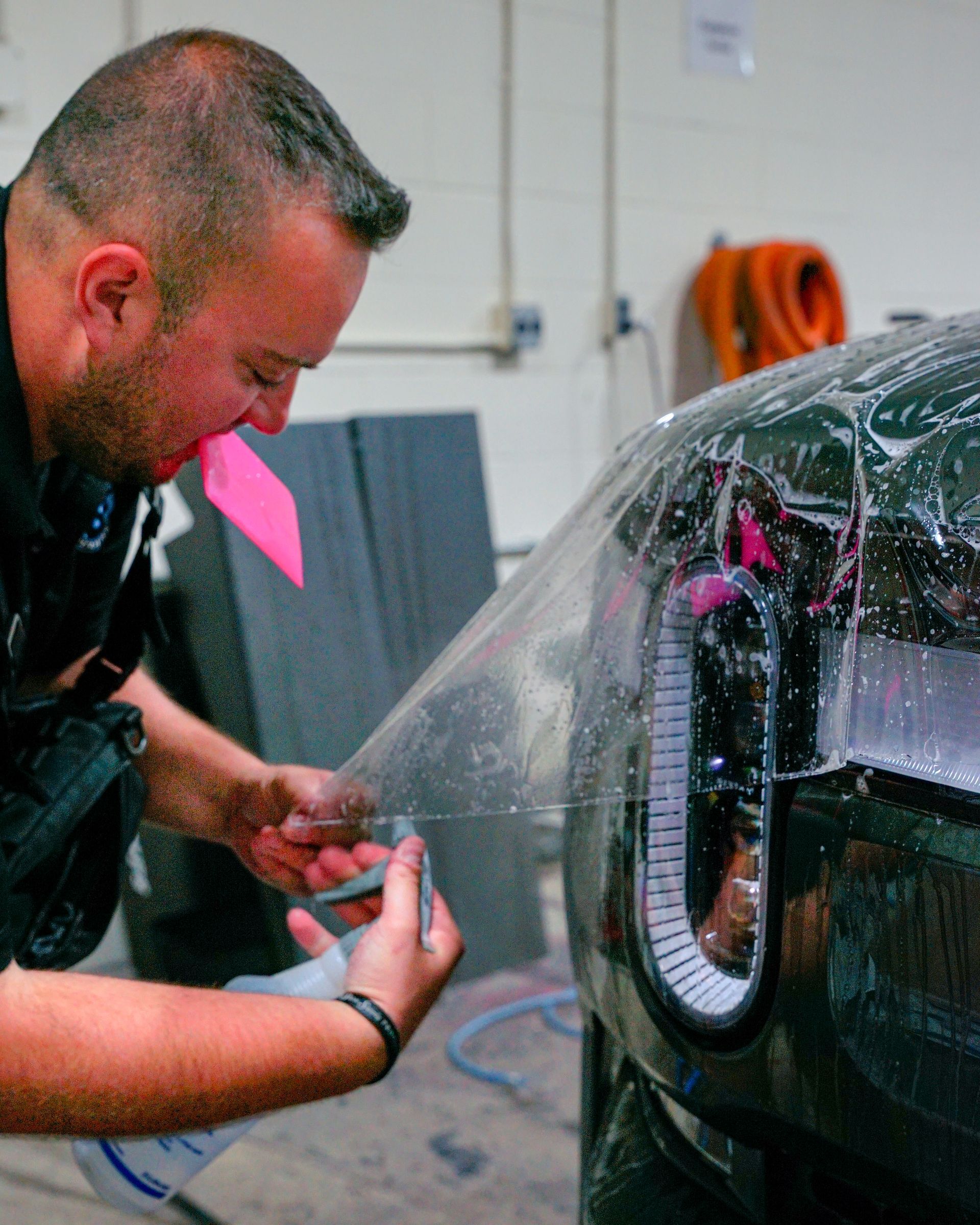Improve Driving Visibility with Quality Window Tint to Reduce Glare and Enhance Safety
Driving can be challenging when bright sunlight or blinding headlights make it difficult to see clearly. If you've ever squinted behind the wheel or felt your eyes tire faster than usual, you're not alone. Quality window tinting offers more than just darkened windows—it reduces glare, protects your eyes, and helps you stay focused and comfortable, making every trip safer and easier.
How Window Tint Enhances Visibility
Window tint works by filtering and reducing the intensity of light entering your vehicle, especially from sunlight and oncoming headlights. This filtering effect precisely reduces harsh brightness that can temporarily blind or distract drivers. By softening intense light, tinted windows allow your eyes to adjust more comfortably and quickly to changing light conditions—crucial when driving through tunnels, during dawn or dusk, or when facing reflective surfaces like wet roads or snow. This decreased glare doesn't just prevent discomfort—it actively improves your reaction times. When your eyes aren't struggling against blinding light, you recognize hazards such as pedestrians, other vehicles, or road signs sooner and respond more appropriately. Window tint acts as a shield for your eyes, maintaining the natural contrast of colors and details so you see more clearly without squinting or straining.
Quality window tint selectively blocks ultraviolet rays while preserving visibility. These rays contribute not only to skin damage but also to eye fatigue and long-term vision problems. By blocking harmful rays, window tint helps reduce cumulative eye strain over time—particularly important if you spend hours each day behind the wheel. Some tints are engineered with additional features like infrared rejection, meaning they block invisible heat waves from sunlight. This prevents interior glare caused by heat distortion on glass surfaces. Less heat buildup inside the car also reduces the need for distracting cooling measures like opening windows or cranking up air conditioning—both of which can indirectly affect comfortable, focused driving. The effectiveness of window tint depends on its quality and correct installation. Lower-quality films might block some glare but could distort vision or reduce clarity if not applied properly. Professional-grade tints provide consistent shading without altering color perception or introducing visual distortions that could confuse or tire drivers further.
Benefits for Safety and Comfort
Window tinting transforms your entire driving experience by creating a safer and more comfortable environment. One standout advantage is its ability to block up to 99% of harmful ultraviolet rays. These invisible rays don't just cause sunburn; over time, they degrade your skin's health and fade your car's upholstery and dashboard. Installing quality tint acts like sunscreen for both you and your vehicle's interior. Window tints also regulate temperature effectively. By filtering out a majority of infrared rays—the culprits behind blistering cabin heat—tinted windows maintain a cooler interior during hot days. This natural reduction in heat means you won't need to blast the air conditioner, saving energy and reducing fuel consumption.
The physical protection offered by window tinting is another crucial safety feature. In accidents, shattered glass poses significant danger. A tint film serves as an adhesive layer, holding broken shards together rather than letting them scatter. This simple barrier can drastically reduce injuries from flying glass, adding a layer of security in emergency situations. Tinted windows also provide privacy benefits. Beyond making your vehicle look sleek, tints reduce visibility from the outside, keeping personal belongings and passengers shielded from prying eyes. This deters theft attempts and lends drivers an added sense of control over their private space, especially when parked in unfamiliar areas.
Choosing the Right Tint Shade
The shade of your window tint determines how much light passes through the glass, directly affecting both comfort and safety. A tint with about 25-35% visible light transmission is widely recommended because it successfully reduces glare while allowing enough natural light to keep visibility clear in most driving conditions. Lighter tints, generally between 50% and 70% visible light transmission, let more light through and preserve a natural look. They reduce glare moderately but tend to fall short in blocking heat and ultraviolet rays effectively. Drivers who prioritize maintaining a brighter interior and easier nighttime visibility often prefer these shades.
Darker tints from 20-35% visible light transmission provide excellent protection against sunlight's intensity. These shades dramatically reduce glare and heat buildup inside your vehicle, which can be a relief during long drives in sunny regions. However, they may reduce visibility in low-light environments, making nighttime or heavy rain driving more challenging. Consider your typical driving environment alongside personal preferences. If you frequently navigate streets after sunset, a lighter tint might suit your needs better by preventing visual strain. For those whose routes involve intense daytime sun or prolonged highway travel, a darker tint offers meaningful benefits in reducing eye fatigue and skin exposure to ultraviolet radiation. Important factors to assess include your local climate, when you drive most frequently, state regulations on tint darkness, and your vehicle color. Sunnier areas benefit from lower visible light transmission percentages, while daytime-only drivers can handle darker shades more comfortably.
Professional Installation Matters
While DIY window tint kits may seem appealing due to lower cost, they rarely match the quality of professional installation. The precision required to apply tint films flawlessly is often underestimated. Professionals bring experience and specialized tools that help avoid common pitfalls like bubbles, creases, or misalignment that can severely impact visibility and appearance. These imperfections don't just diminish aesthetics—they can actively interfere with safe driving by distorting vision when light passes through uneven surfaces. Professional installers use premium-grade films combined with the latest installation equipment, which prolongs how long your tint lasts and maintains its ability to reduce glare effectively. Certified installers typically back their work with warranties covering peeling, bubbling, discoloration, or fading over time. This protects you from unexpected repair or replacement costs, transforming window tinting from a simple upgrade into a confident investment in safety and comfort.
Understanding Legal Compliance
Window tinting laws exist to balance the benefits of tinted glass with the need for safety and law enforcement visibility. Each state sets its own standards, often specifying how much light must be allowed through depending on the window's position on the vehicle. These regulations prevent situations where a driver's vision might be impaired or where law enforcement officers cannot clearly see inside a vehicle during traffic stops. Failing to comply can lead to fines, mandatory removal of illegal tint, or vehicle inspection failures. Because laws can change and sometimes include exceptions like medical exemptions for certain health conditions, check with local transportation departments or trusted tint professionals familiar with your area before proceeding. Many high-quality tints come with manufacturer certifications confirming they meet local standards.
Additional Safety Features
Beyond reducing glare, window tints bring an array of safety enhancements. One key feature is their ability to hold shattered glass together during accidents, helping maintain the structural integrity of windows long enough for occupants to escape or for emergency responders to access the vehicle safely. Many modern tints incorporate advanced technologies that bolster these anti-shatter properties, essentially reinforcing the glass and making it more resistant to crumbling. The result is a window that not only blocks sunlight but also acts as a protective shield during collisions or rollovers. Advanced tints offer ultraviolet blocking capabilities up to 99%, helping protect passengers' skin from harmful rays and preventing interior materials from fading over time. Others feature infrared rejection layers that keep cabin temperatures cooler, indirectly contributing to alertness and reducing fatigue caused by heat exposure—a subtle but vital safety factor on long drives. When selecting window tints, consider these extra safety characteristics along with aesthetic preferences and legal specifications. Opt for films verified by reputable manufacturers who provide data on impact resistance and ultraviolet protection. Regularly inspect your tinted windows for signs of peeling or damage since compromised films lose many of their safety advantages over time.
Quality window tinting creates a safer, more enjoyable driving experience by reducing glare and heat while protecting your vehicle's interior. This smart upgrade reflects thoughtful care for both performance and aesthetics on the road. By choosing the right tint shade, ensuring professional installation, and maintaining legal compliance, you invest in comfort, safety, and long-term value for your vehicle.
Premium Window Tinting in Cherry Hill, NJ
Transform your daily drive with expert window tinting from M&G Automotive Detailing in Cherry Hill, NJ. Our
professional tint installation enhances your vehicle’s comfort, reduces glare, and blocks harmful UV rays to keep both you and your interior protected year-round. With precision-cut films and flawless application, we ensure a sleek finish that boosts privacy while maintaining crystal-clear visibility. Experience cooler rides, lasting protection, and a refined look tailored to your car’s design.
Schedule your window tinting service
with M&G Automotive Detailing today and enjoy superior performance on every drive!

